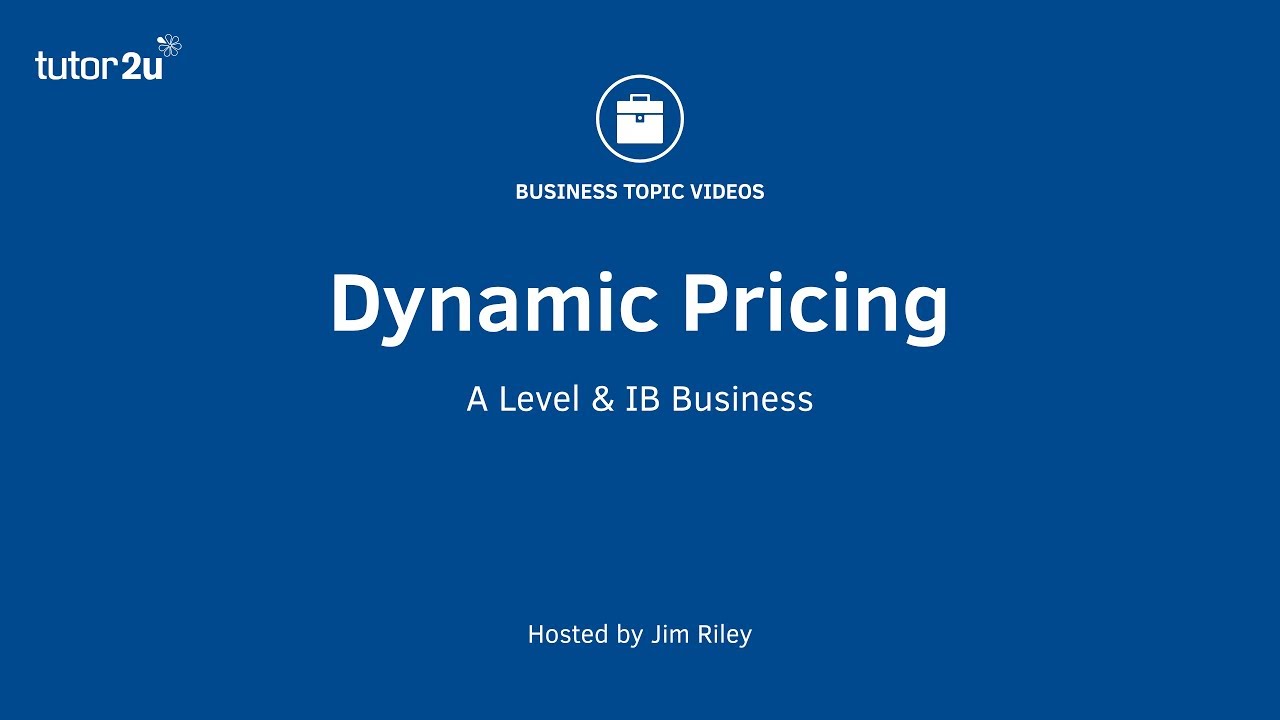If you're not familiar with it, dynamic pricingcan be confusing.
It isn't, however.
Because it is more profitable than any other e-commerce pricing technique, dynamic pricing will soon be routinely used by the majority of online retailers.
In order to avoid confusion, let's first define what we mean by dynamic pricing so that we know what we're talking about.

Dynamic Pricing | Marketing Strategy
What Is It?
Dynamic pricing refers to a pricing approach in which prices are adjusted in response to shifting market conditions.
It allows you the freedom you require in a fast-paced industry like e-commerce.
What do I mean when I say things move at a rapid pace?
The days when people could only shop at their local supermarkets are a thing of the past.They'd only travel to the next town on rare occasions, usually in search of better deals or a bigger selection of goods.
Other times, they'd be satisfied with the goods sold at the corner store down the street..
That was a different time and place, for sure.
In today's world, information is at our fingertips at all times.You don't even have to leave your house to find out what's for sale or to buy it.From the convenience of your own home, you can buy anything at the best possible price.
Consider your personal shopping history.
How do you begin the process of purchasing?
What Are Some Dynamic Pricing Strategies?
Price setting in retail has traditionally been done in one of three ways: through cost-plus pricing, competitive pricing, or value pricing.
The simplest of the three approaches is the cost-plus model.All you have to do is multiply the product's cost by the desired profit margin.
Following your opponent is the goal of the competitor-based approach.For example, if your competitor lowers or raises the price of their product, you'll have to do the same.
According to this strategy, products are priced according to their elasticity of demand.Because various people place varying values on different things, everyone has a price ceiling for what they'll pay for a product.Customers' perceptions of the worth of a product are taken into account when using value-based pricing.
Different pricing systems can be combined with dynamic pricing software.In addition to stock levels, popularity, and even the weather forecast, certain softwares allow you to insert more important information.
How To Implement Dynamic Pricing
This doesn't mean that dynamic pricing can't be implemented correctly.As a result, you should be able to generate more income from some consumers than others.If you use them in the right way, they will work for you:
Price Differentiation - Two Prices Are Better Than One
Quantifying your customers' personalities and then aligning packaging and pricing to their needs is one of the most fundamental concepts in pricing strategy.In most cases, you'll find that your personas aren't all created equal, and if this is the case, you're probably not thinking about your personas in the appropriate wayYou'll be able to charge different prices for different versions of your product in order to attract customers of varying sizes and bring in a dynamic revenue stream.Check out this page for more information on product and feature differentiation.
Ensure You’re Using A Proper Value Metric
Value pricing, which refers to how much you're actually charging for a product, goes hand in hand with price differential (per user, per GB, etc.).While charging for a physical product makes this more difficult, in the software world, you may divide your pricing based on how many users you have, how much storage you have, etc., or how many views you have.As a result, each consumer pays you at a different rate, resulting in greater dynamism and less moneylying about.Take a look at this breakdown of value measurements and how tocorrectly use them for additional information on value metrics.
Utilize Time In An Auction Type Model
Price increases and decreases based on time are common practices for sporting eventsand music festivals.It's a common occurrence for airlines and ticket booking websites.The cost of a new widget or a beta version of software can both benefit from dynamism.
Couponing And Discounts
There are times when a discount can be used efficiently to provide a dynamic pricing to a select group of prospects or customers, but we don't recommend them because of their detrimental influence on future sales and your brand.According to a recent study, 70% of millennials follow brands on social mediain order to gain discounts and other incentivesto purchase products from the company.
However, it is less likely than on a public site with varied prices and is more socially acceptable to ensure that the coupon does not spread with social products.Check out our discount pricing post for more information on discounts and how to get them.
Conclusion
When you take advantage of all that dynamic pricing has to offer, you'll be able to better manage your business' growth while also avoiding conversion losses.
Choosing a proper data analytics provider is critical when deciding whether or not to dynamically adjust prices.The above are some considerations to keep in mind while trying to choose a reliable source for pricing information